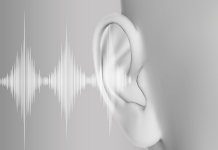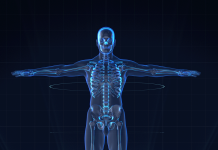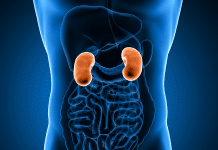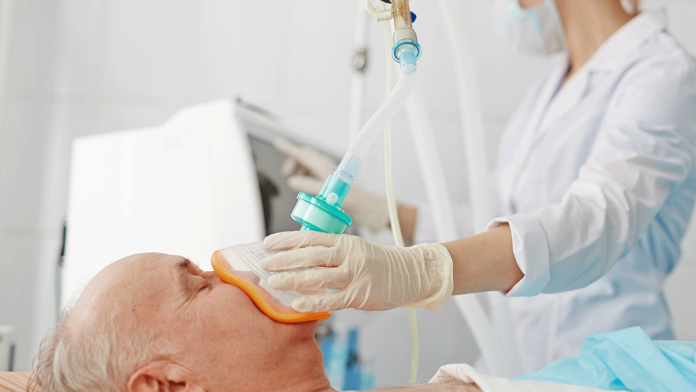There are some unusual but equally interesting medical inventions, and one of those is the most idol, ANESTHESIA, as no operations or painful medical emergencies are now successful without it.
The story of anesthesia begins when from the late 18th century, well into the 1840s, physicians and chemists worked with nitrous oxide, ether, carbon dioxide, and other chemicals without success. However, dentists also joined physicians and surgeons searching for safe and effective substances to conquer operative pain.
After
attending an informative lesson from a session about common organic solvent sulfuric ether that could make a person unconscious and even insensate, Morton purchased bottles of the stuff from his local chemist. He began experimenting with pets using ether fumes. And soon after Satisfactory results, safety and reliability, he began using ether on his dental patients.
Morton was now a professionally acclaimed known healer dentist in town who quickly implemented sulfuric ether for far more than pulling teeth.
So the noble discovery was accidental yet experimental and began when, on Oct. 16, 1846, William T. G. Morton, an apprehensive dental surgeon, administered effective anesthesia to few surgical patients, Dr. John Warren and Glenn Abbott, a young man with a neck tumor.
Both Warren and Abbott sailed through the operation smoothly without any pain. However, it was noted that Abbott moved a bit in the end and came back in complete senses.
Morton named his “creation” Letheon that was sulfuric ether; the name was derived from Greek mythology, which means After Drinking the river waters, painful memories are erased.
Regardless of composition, the news spread as fast as the ships of the time could carry it, but that meant that Letheon was lifesaving and useful during invasive procedures and still benefits humankind today.
In the early years of discovery, Letheon was given to patients through many toyed instruments. Still, the discoverer Morton was the one who developed a novel delivery instrument to enable ether inhalation during an operation.
The delivery of anesthesia was now carried out through a device consisting of a glass flask with a wooden mouthpiece that could be opened and closed depending on the patient’s state of consciousness.
This was critical as many doctors and physicians could not ensure reliable reversibility of the anesthetic state and sometimes overdosed on their patients.
As demonstrated by Morton, simple ether anesthesia could be used and handled in minor surgeries with little extra knowledge, skill, or experience, so some anesthetists were independent practitioners, specialized in delivering anesthesia accurately to avoid occasional, perhaps inevitable death.
Modern anesthetic workstation advancements include a sterile environment equipped with everything from disposable syringes, sterile needles to computer-controlled anesthetic machines and electronic monitors that provide information on patient physiology and the functioning of the equipment.
Further development in this era are institutes that educate people who want to be anesthetists and take advantage of such sophisticated medical procedures.
Closing out Without any doubt, Anesthesia is Morton’s genius search to conquer pain and was a remarkable contribution to medicine and human health Consenting to what became a most magnificent scientific revolution.
Until Next Time,
Team Doctor ASKY!




















